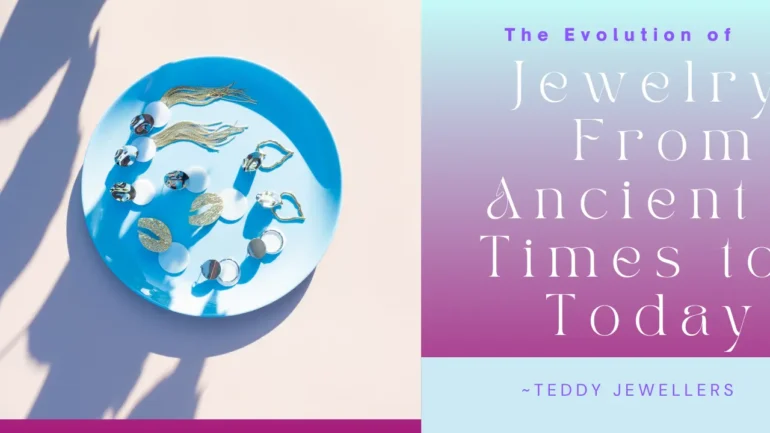🕒 Last Updated on August 19, 2025, 3:48 PM EDT
The oldest known jewelry—a set of 100,000-year-old shell beads—wasn’t just decoration. It symbolized identity, belief, and power. From Mesopotamian lapis lazuli to today’s lab-grown gems, jewelry has always mirrored humanity’s triumphs and trials. Let’s unravel its glittering timeline:
Ancient World (Pre-500 BCE)
- Egypt: Gold scarabs symbolizing rebirth; turquoise for protection.
- Mesopotamia: Cylinder seals as signatures and amulets.
Medieval to Renaissance (500–1600 CE)
- Religious Influence: Cross pendants, reliquary lockets holding saints’ remains.
- Status Symbols: Sumptuary laws restricted gemstone use by class.
Modern Era (1900–Present)
- Art Nouveau: Nature-inspired curves (think: René Lalique’s dragonflies).
- 2024 Trends: 3D-printed titanium and carbon-neutral gold.
What’s Next? The Future of Jewelry
- AI Design: Algorithms creating personalized patterns.
- Space Mining: Asteroids as sources of rare metals.
FAQs
What’s the oldest jewelry ever found?
Nassarius shell beads in Morocco (142,000–150,000 years old).
Explore More
Grab our Free Jewelry History Timeline Poster: Get Free Poster →
🎁 Want 100+ more gift ideas for FREE ? Check out our Ultimate Jewelry Gift Ideas (Updated 2025) — perfect for every style, occasion, and budget.
